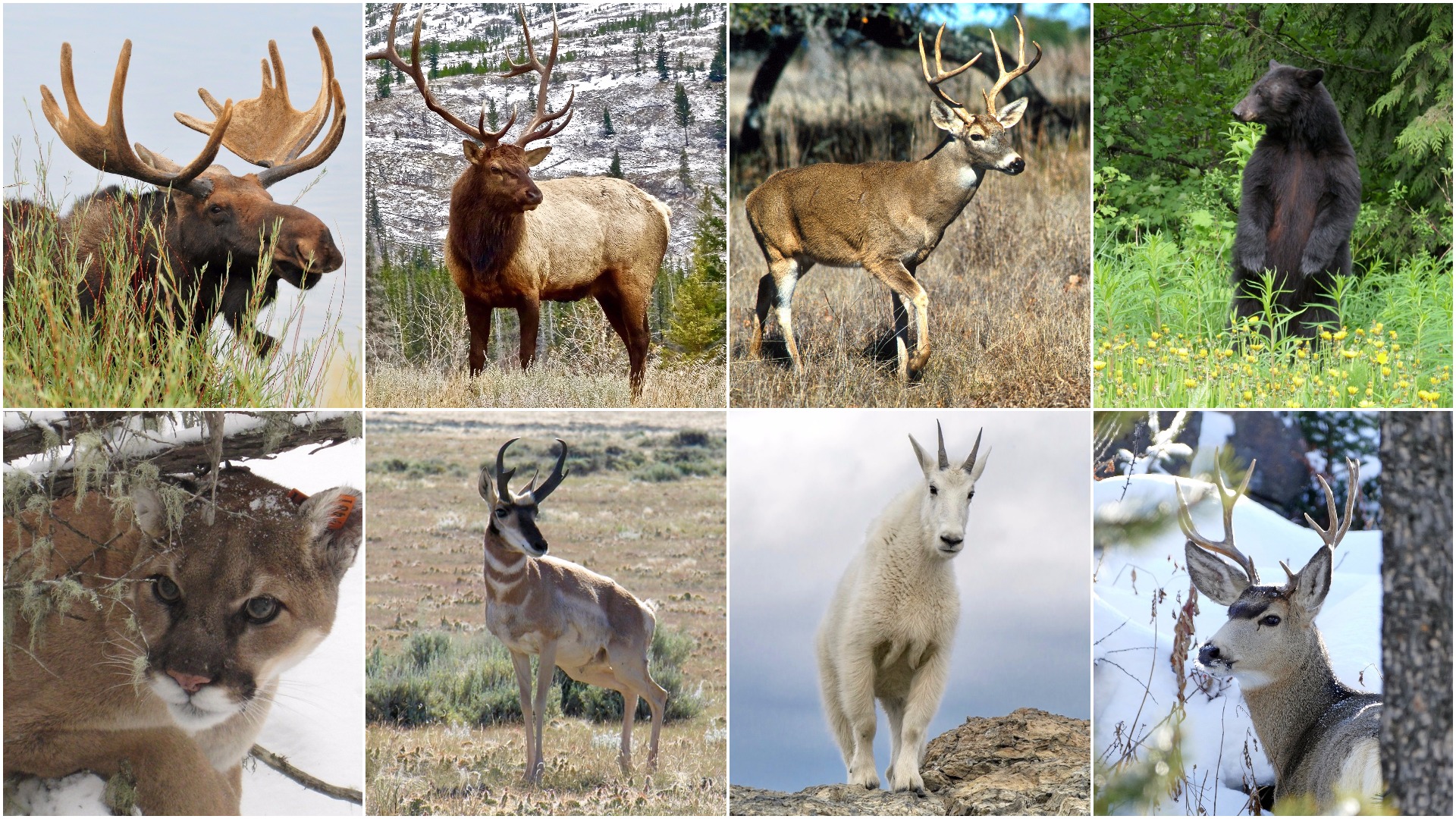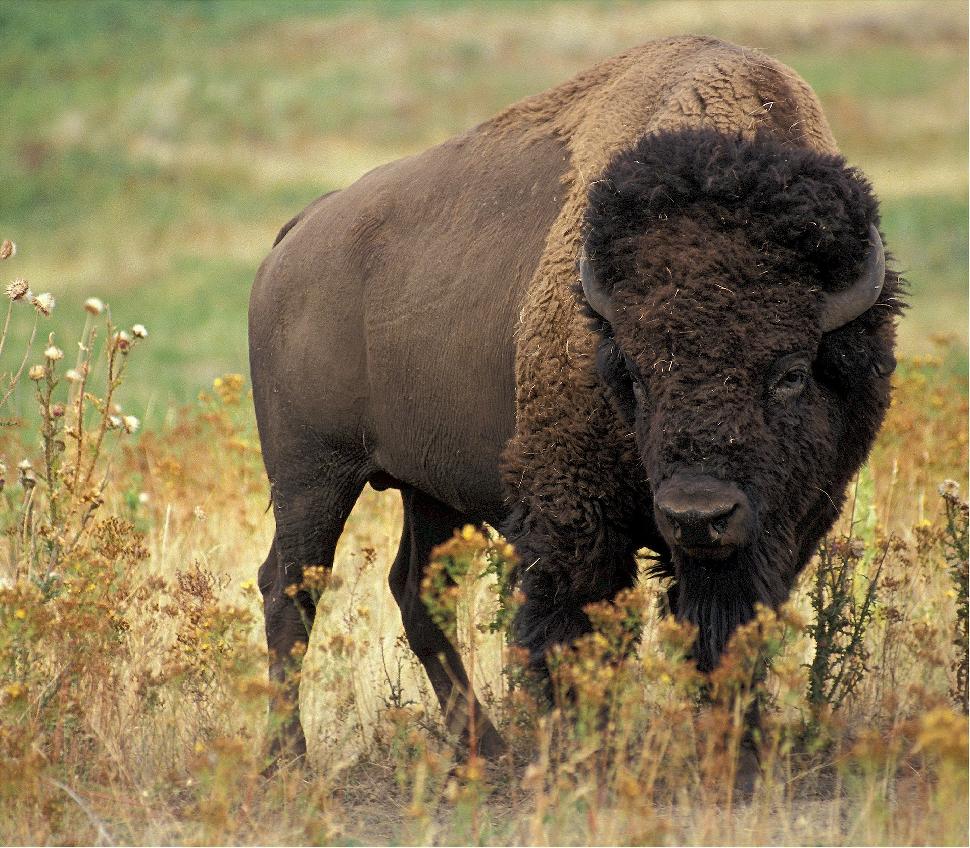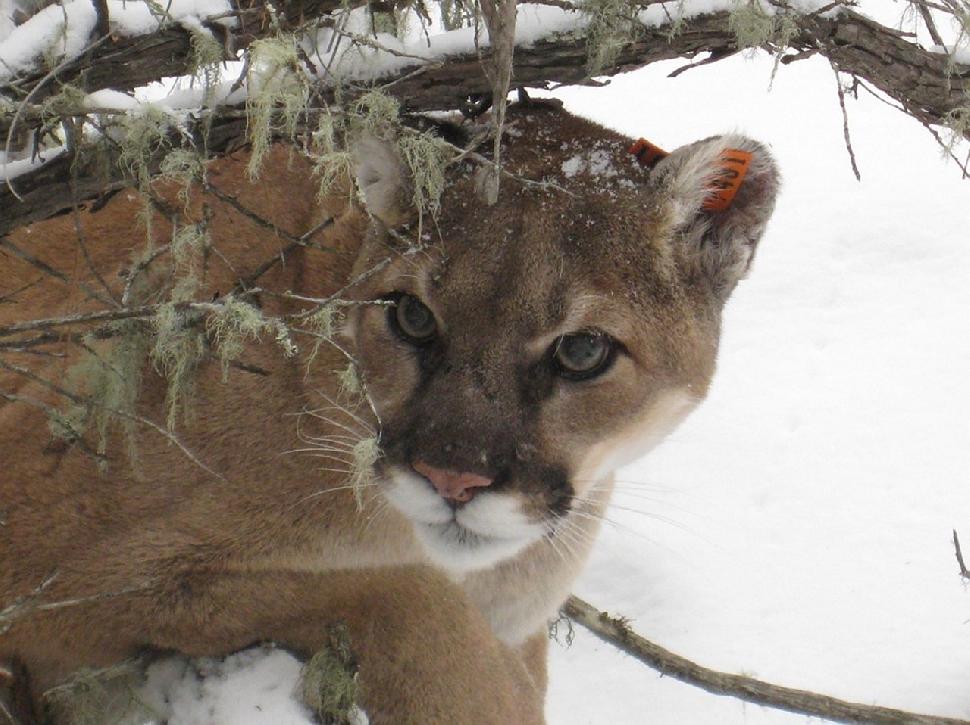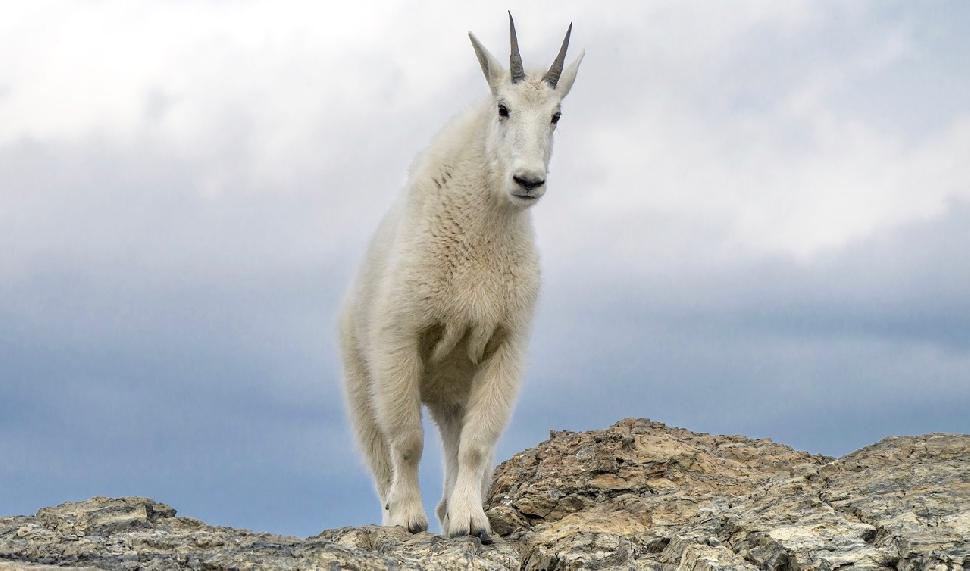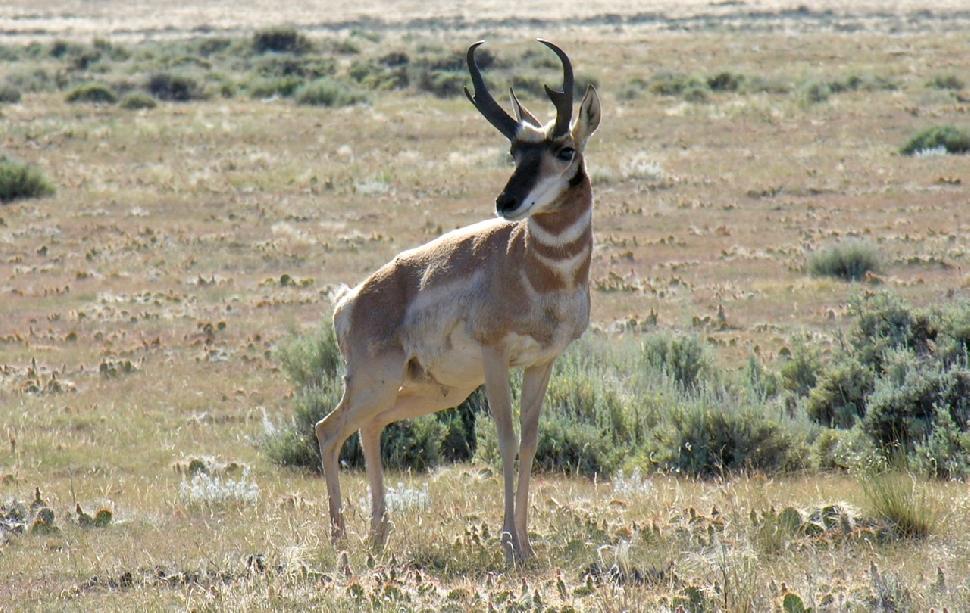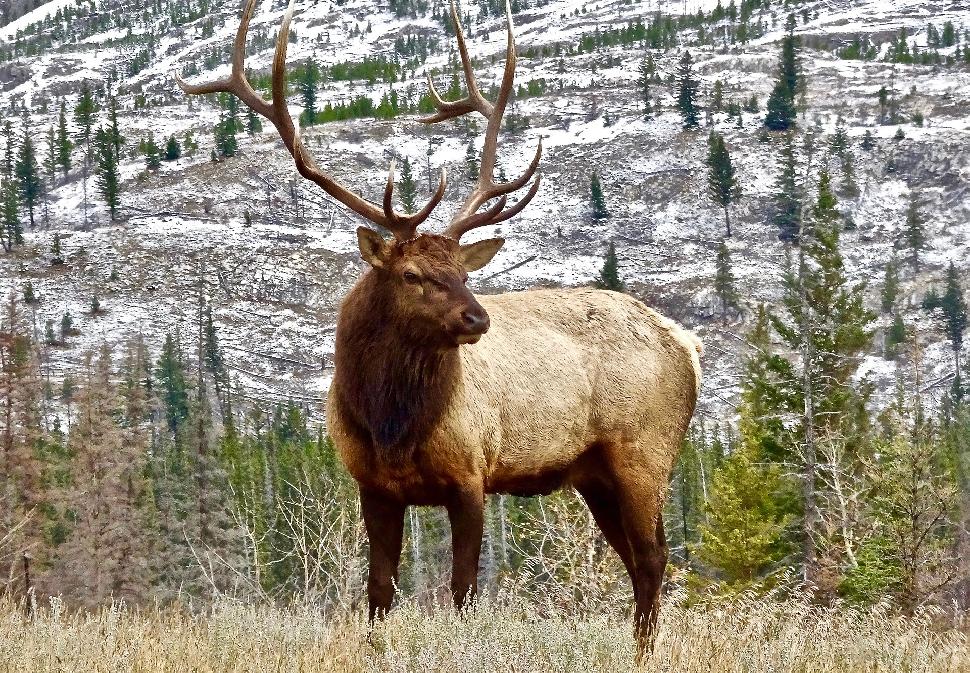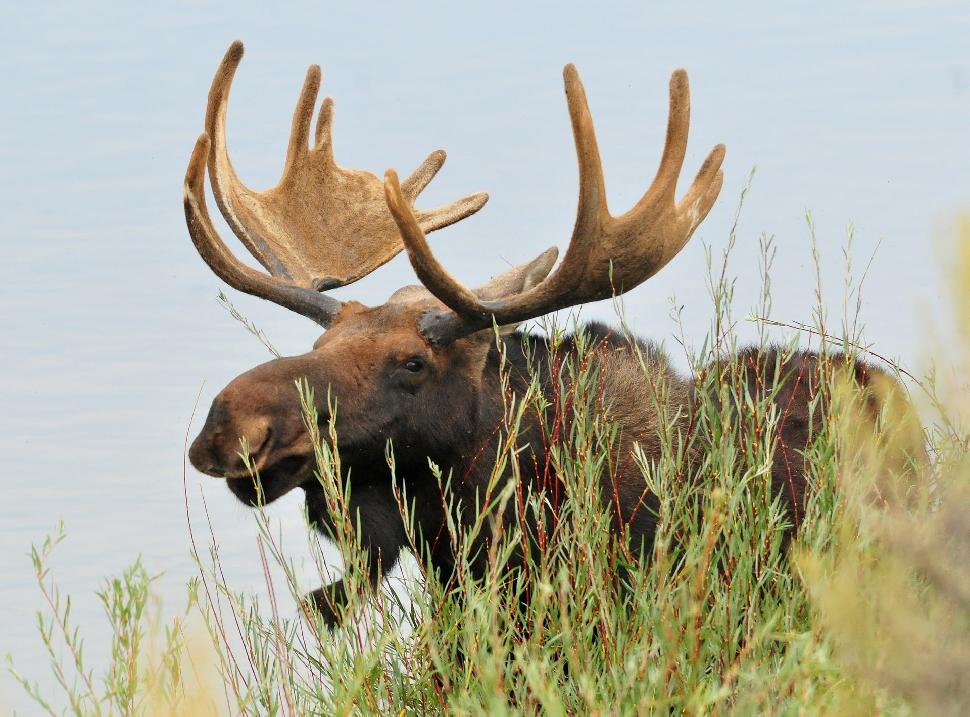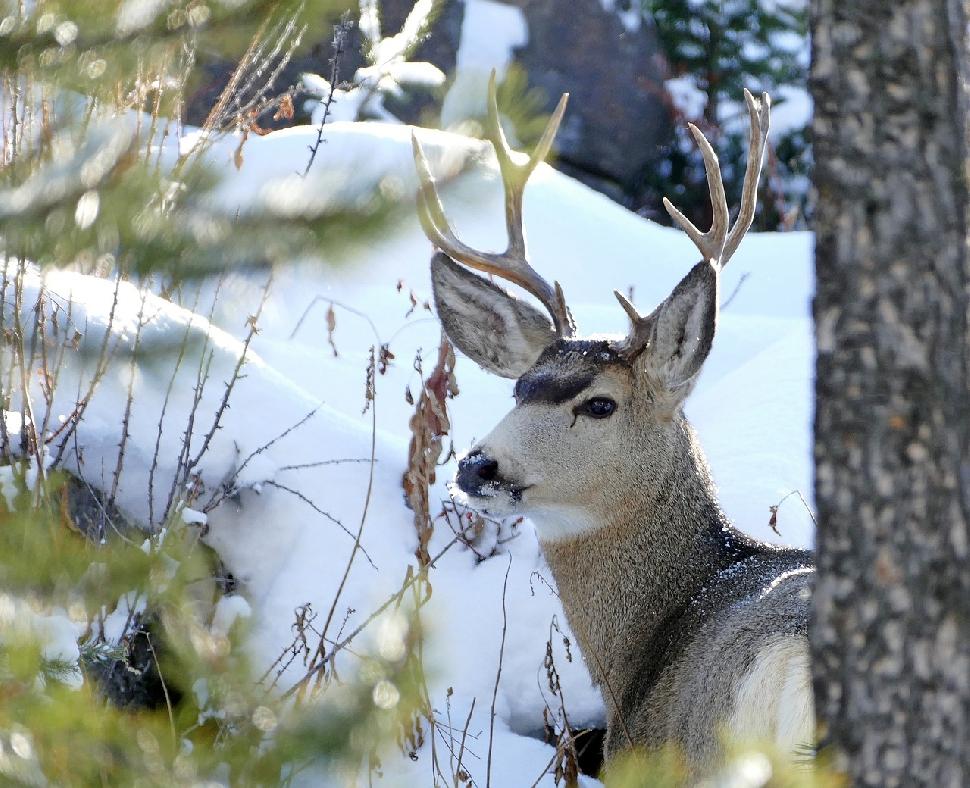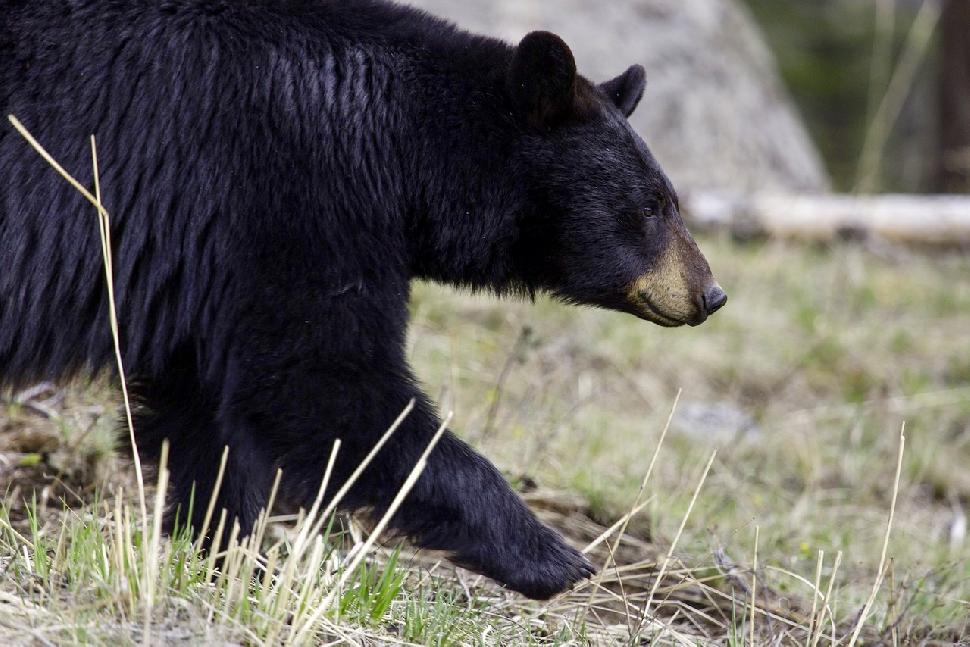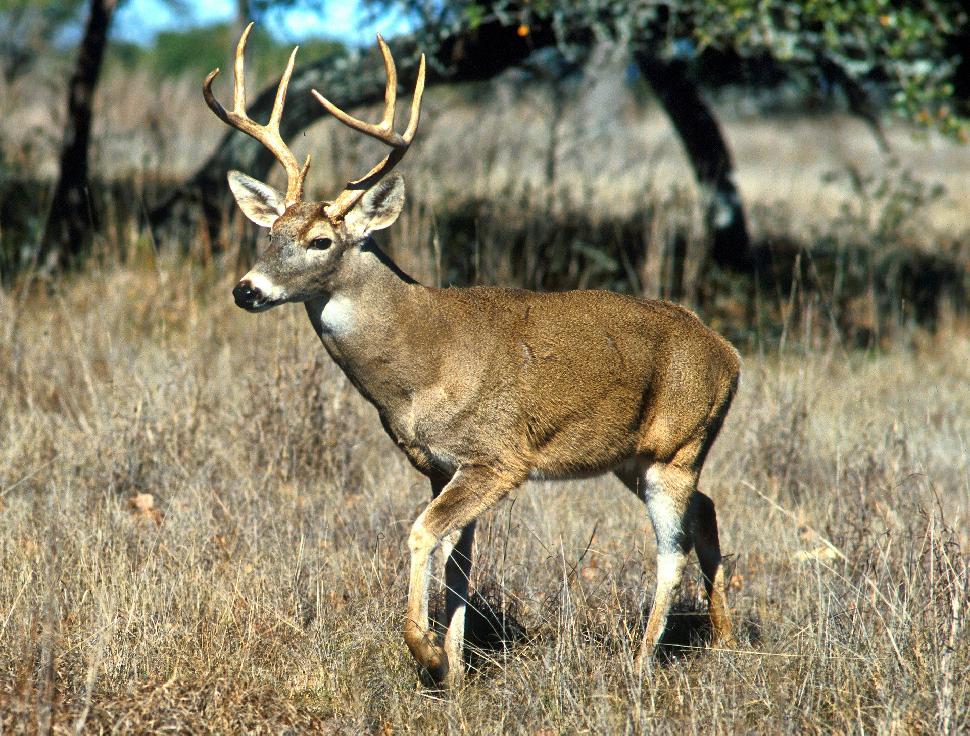Best of the West
With an abundance of big game, the Prairies promise an action-packed hunting season
Advertisement
Outdoor Canada’s exclusive forecast for big game and predator hunting opportunities in Manitoba, Saskatchewan and Alberta. Also see our exclusive Western waterfowl and upland bird hunting forecast.
Hunting in Western Canada—when it’s good, it’s very good. And when it’s bad? Well, it’s still pretty good. Hunters from the prairies to the mountains enjoy such a variety of quality opportunities that much of the rest of the world is left in serious envy.
Advertisement
The picture is not universally rosy, of course. Winter can be tough on game animals, and 2010 to 2014 were really tough years, with white-tailed deer and pronghorn antelope populations hit especially hard. But that’s becoming a distant memory as game populations recover and hunting opportunities improve.
In fact, the hunting prospects for 2017 are generally good, and in many cases very, very good. Some opportunities may be the best we’ve seen in several years. Here’s an overview of the best bets in Manitoba, Saskatchewan and Alberta, along with a few tips on places to avoid. Happy hunting!
At press time, some recommended regulation changes had yet to be approved. As always, be sure to carefully check your local hunting regulations for possible changes to seasons, bag limits and so on, as well as to learn about new hunting opportunities. For links to all provincial hunting regs, go to www.outdoorcanada.ca/huntingregs.
Advertisement
Alberta
There are likely to be smiling hunters all over Alberta this fall. The past winter saw a few nasty local storms, but overall the season was pretty mild. Deer numbers are rebounding, elk populations are stable or increasing and moose are doing well. Bear and cougar populations are also strong, and there was enough spring rain to fill the duck breeding ponds. There were several changes to the hunting regulations last year that are now being assessed, so most seasons will remain the same for 2017. All in all, there’s something for every hunter to look forward to this fall.
Bison
This species has been growing in numbers and has now reached the population management target. Hunting success is typically high, and the reward is a huge amount of prime meat, but it’s not a given. Hunting pressure has led these animals to become more wary, so hunters may have to put in a bit more time and effort than in past years.
Black bears
The short report is that populations are healthy, and once again expected to exceed hunter demand. Nothing is a sure thing, but every hunter should consider having a bear tag this fall. The harvest records show black bears are found basically everywhere in the province, with the most productive areas being the Foothills wildlife management units (WMUs) and the southern fringe of the Boreal units.
Cougars
The province’s cougar numbers continue to grow. There were regulation changes last year that significantly extended the hunting season for these big cats; the impact of those changes is still being assessed. Hunting regulations will be similar to last year, but hunting success will depend to a large degree on the quality of the snow for tracking.
Elk
In some of the Mountain WMUs, elk populations are struggling. Across the rest of the province, however, numbers are either stable or increasing, with hunting opportunities following suit. The management of elk conflicts in agricultural areas will continue, with many opportunities for both antlered and antlerless animals. There are new hunts for bulls and cows this year in four Prairie WMUs and four WMUs in the Parkland-Boreal interface. Two provincial hot spots for elk are Grand Prairie (WMUs 357, 358 and 359) and Medicine Hat (WMU 732), although elk-hunting prospects almost anywhere in Alberta look good.
Moose
This is shaping up to be another productive year for moose hunters across most of the province, despite a couple of localized outbreaks of winter ticks and fewer special licences in parts of the northern Boreal zone. Some of the best moose hunting promises to be near Edmonton (WMUs 507, 508 and 510), but even hunters in the Prairie WMUs have a chance to take an animal not far from home.
Mountain goats
There are typically not many opportunities to hunt this shaggy, white-coated ungulate of the steep mountains, and unfortunately for 2017, there will be even fewer—a recent population decline has led to the closure of one hunt in the northwest of the province. Elsewhere in the mountains, however, goat numbers remain stable.
Mule deer
For mule deer hunters, the news is good, bordering on great. In the south of the province, populations have stayed strong, and in the north, numbers have rebounded nicely from the severe winters of several years ago. As a result, hunting this fall could be the best in a decade. Unfortunately, the small black cloud on this forecast is chronic wasting disease (CWD), which has continued to spread westward. The number of confirmed infections continues to grow, and five new areas—south and east of Edmonton—have been added to the list for mandatory deer head submissions (see www.outdoorcanada.ca/abcwd). Mule deer bucks are by far more likely to be affected by CWD than white-tailed bucks or does of either species.
Pronghorn antelopes
Good news for pronghorn hunters: Another relatively favourable winter means more game in the field come fall. Pronghorn populations are still in the recovery stage from the nasty winters a couple of years back, but the good news is they’re recovering. The exact number of hunting permits will not be known until after the July population surveys, so keep your fingers crossed if you’re in the running. If drawn, hunter success is usually very high.
White-tailed deer
Whitetail populations were significantly impacted by the series of bad winters from 2010 to 2014, especially in the northern half of the province. However, whitetails have very good reproduction potential, and three favourable winters in a row have seen their numbers bouncing back. While the deer are not yet as abundant as they were 10 years ago, hunters can confidently buy a whitetail tag and expect to fill it; those wanting a big-racked buck also have a decent chance of success.
Saskatchewan
Saskatchewan hunters rejoice. Most of the province saw the third relatively mild winter in a row, largely compensating for the loss of game populations during the bad winters of 2010 to 2014. Game numbers continue to increase, and hunting prospects are now the best they’ve been in almost a decade. The southeast saw a series of winter storms that brought more snow and cold than in the rest of the province, but even that has not dampened the positive big-game hunting forecast. For bird hunters, the news is equally good. Upland bird populations are strong and/or increasing, and there was enough snowmelt to fill the duck nesting ponds.
Black bears
Black bear populations in the most popular hunting areas are at least stable, with some places reporting locally higher numbers. Hunting prospects are as good or better than last year, and hunters are well advised to include a bear tag when planning their season.
Elk
Thanks to recent mild winters and ample forage, there’s a promising outlook for most wildlife management zones (WMZs) with a regular elk season. Elk range has expanded and numbers have increased throughout southern Saskatchewan, resulting in quota increases and new draw-hunting opportunities in some farmland WMZs. New either-sex elk hunts have been added in WMZs 8, 23, 28, 44 and 45, while new antlerless opportunities have been added in WMZs 9, 44 and 45. Plus, additional antlerless elk draw hunts have been added to Moose Mountain Provincial Park and surrounding WMZ 33. The hunting prospects for both elk venison and trophies are definitely promising.
Moose
The moose-hunting forecast varies somewhat from north to south. Within the boreal forest, moose population estimates continue to be below the long-term objectives. Both regular licences and draw licences will be available, but quotas have been reduced in several WMZs to promote the recovery of moose populations. In the south, meanwhile, hunting opportunities and success in agricultural zones continue to be strong, with draw quotas similar to last season. The early warm spring limited the number of moose mortalities due to winter ticks, so more animals should be available come fall.
Mule deer
Mule deer populations took a hit in the bad winters several years ago, and many mule deer hunters have been disappointed in recent seasons. However, deer numbers are rebounding well with three successive mild winters. Populations are nearing full recovery, and with the favourable spring weather, 2017 is expected to see good fawn production and carryover of adults. This is all very good news for mule deer hunters.
Pronghorn antelopes
After three consecutive winters with relatively mild temperatures and below-average snowfall, pronghorn numbers are recovering nicely. There are 10 pronghorn management units across the south, and draw seasons for Saskatchewan residents are being considered for seven of the 10 units in 2017. The remaining three will remain closed until populations have reached the management threshold.
White-tailed deer
Whitetail numbers have been down, but they’re coming back strong. As of last year, productivity had returned to near the provincial long-term average, rebounding from the all-time low in 2013. The recent mild winter will further support that recovery. Unfortunately, southeast Saskatchewan saw a prolonged heavy snowpack, which may have hampered growth of the local deer population. As a result, hunters may not experience quite as good hunting there as in the rest of the province.
Manitoba
The province’s winter was about normal. Unfortunately, “normal” in Manitoba means there was likely some winterkill of game animals. It won’t have a serious impact, though, and with some upward game population trends, hunters will definitely have something to look forward to.
Black bears
Some of the happiest hunters in the province are black bear hunters. The bear population is high and stable, with some really large animals taken each year. The prevalence of colour phases other than black—a giant blond boar was taken last year—contributes to the interest in hunting Manitoba bears. To encourage hunter participation, the season will be extended two weeks this fall and the youth licence program will continue.
Caribou
For reasons not yet fully understood, last season was not good for caribou hunters, particularly during the early hunt. Sightings and harvest numbers alike were way down. Manitoba and neighbouring Nunavut are planning to conduct a caribou population inventory this year on the calving grounds to better understand the population trend.
Elk
Across Manitoba, elk numbers are stable with slight increases reported. In areas of traditional abundance, such as the Duck Mountains, Spruce Woods and the Interlake, the coming season should prove as good as any in recent years. To better understand elk numbers and movements, two studies are now underway with U.S. biologists to track trans-border herds. A similar study of radio-collared elk is also being conducted in the Interlake area.
Moose
Unfortunately, there’s not a lot of good news for Manitoba’s moose hunters. In recent years, increased road access and the accompanying hunter harvest have led to significant declines in populations, triggering conservation closures in many areas of the province. Those closures will continue this fall and expand to include some of the game management areas (GMAs) in the Interlake area. Fortunately, compliance with the closures is high and the strategy appears to be working, with recent moose surveys indicating signs of a population recovery. The conservation closures cover only a fraction of the province, however, so there are still decent prospects elsewhere. And the moose conservation licence (shared hunt) will continue to be offered.
White-tailed deer
Manitoba’s whitetail hunters have seen some lean seasons in recent years, but now the news is good—ever since the nasty winters of two years ago, deer populations have been increasing. Hunters reported seeing more deer and shooting more deer in 2016 than in the previous couple of years, and that should continue. The only cautionary note is from the southwest of the province, where a series of wicked winter storms with high winds led to more winterkill than normal for that area. While not drastic, it will hamper recovery somewhat. The deer in the rest of the province faired better.
Wolves
Thanks to healthy wolf numbers and a long season, hunter interest in this predator continues to increase, with a total harvest of 200 to 300 animals a year. In areas such as GMA 26, where wolf numbers are being monitored, tracking conditions in 2016-17 were not favourable, so some surveys could not be undertaken.
B.C.-based contributor Brian Harris is a retired wildlife biologist.

